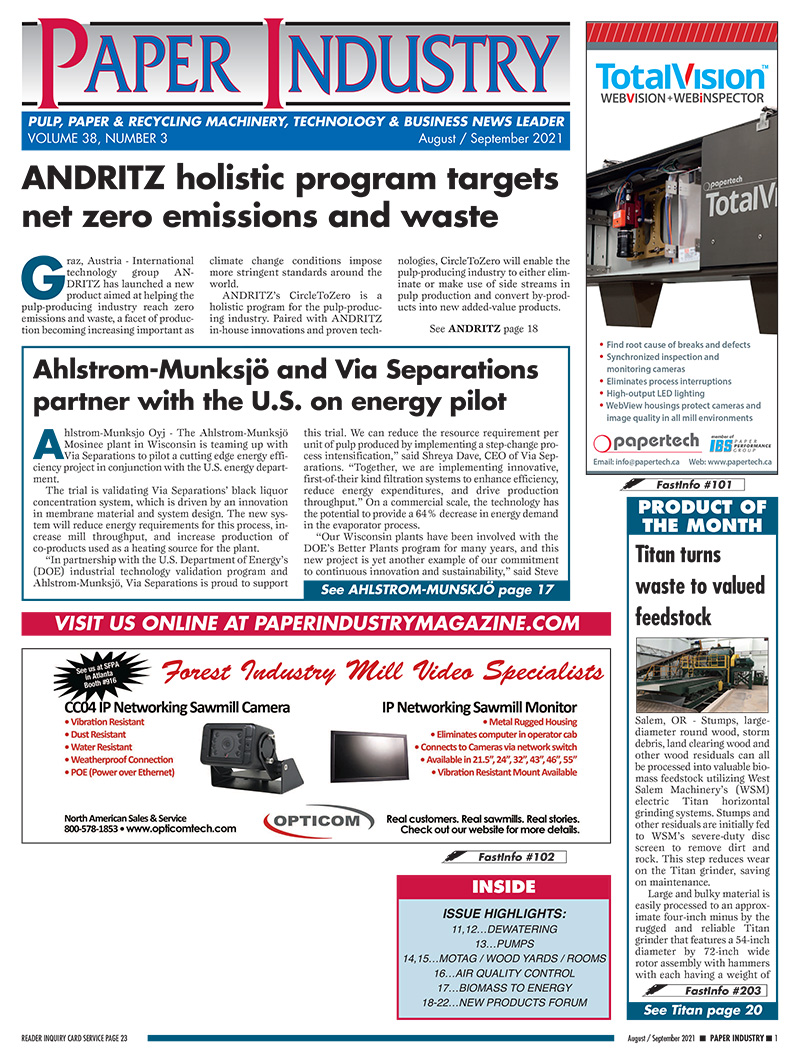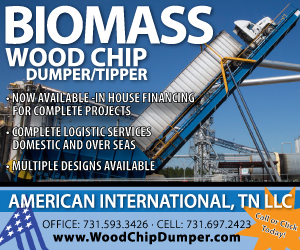Benetech offers dust-tight conveyor chute inspection doors

Aurora, IL - There are two main concerns when maintaining conveyor chutes and such equipment: housekeeping to control build-up and servicing belt cleaners and other equipment. Heavy-duty and simple to install, Benetech conveyor chute inspection doors can achieve both important steps safely and efficiently.
The doors’ distinctive design and proven technology provide full and easy access for service and maintenance, as well as a tight seal against airborne dust.
Benetech access doors feature an innovative door-deflector panel for less material build-up on the door seal, grease fitting on pinned hinges for no play or locking up, resilient door seals hidden in the groove for long-lasting service, ergonomic cam-action and never-seize closing latches with adjustable tension for suite operation requirements, heavy-duty handles that won’t bend, and easy installation with a simple cut-and-weld or bolt-on process.
The standard Benetech conveyor chute inspection door is available in mild steel (safety yellow) with an unlined deflector panel.The standard sizes available include: 7” x 14”; 18” x 24”; 12” x 12”; 24” x 24”; 12” x 18”; 24” x 18” and 18” x 18”.
Custom sizes are also available as well as custom options for access doors which include: single and double door styles, AR400 lined deflector panel for wear p r o t e c t i o n , mild or stainless steel, plugged-chute sensor cut-out, no deflector panel, and protection screen. Benetech also offers specialty inspection doors.
The company’s curved inspection doors are designed to fit the unique contour of screw conveyor troughs or any U-shaped structure while its crusher inspection doors are heavy duty and provide easy access for quick, trouble-free inspections.
Conveyor chute inspection doors are not recommended for use in applications where the material-flow path may directly impact the door. Lined doors are not intended for use in hopper applications, where the depth of collected material may exceed the installed elevation of the door opening. These access doors should never be installed in any part of a potentially pressurized containment vessel.






